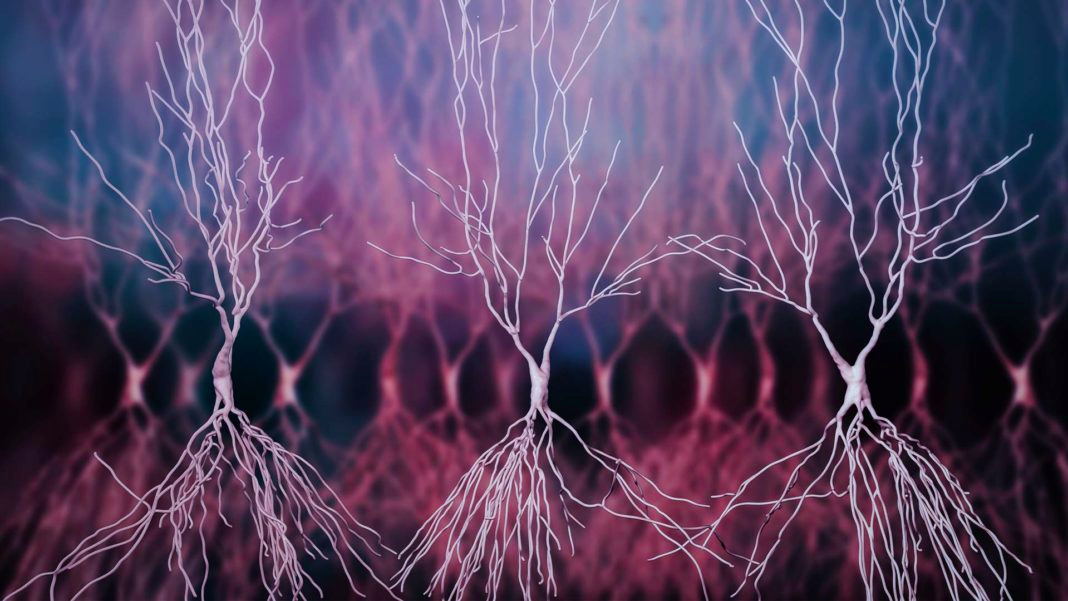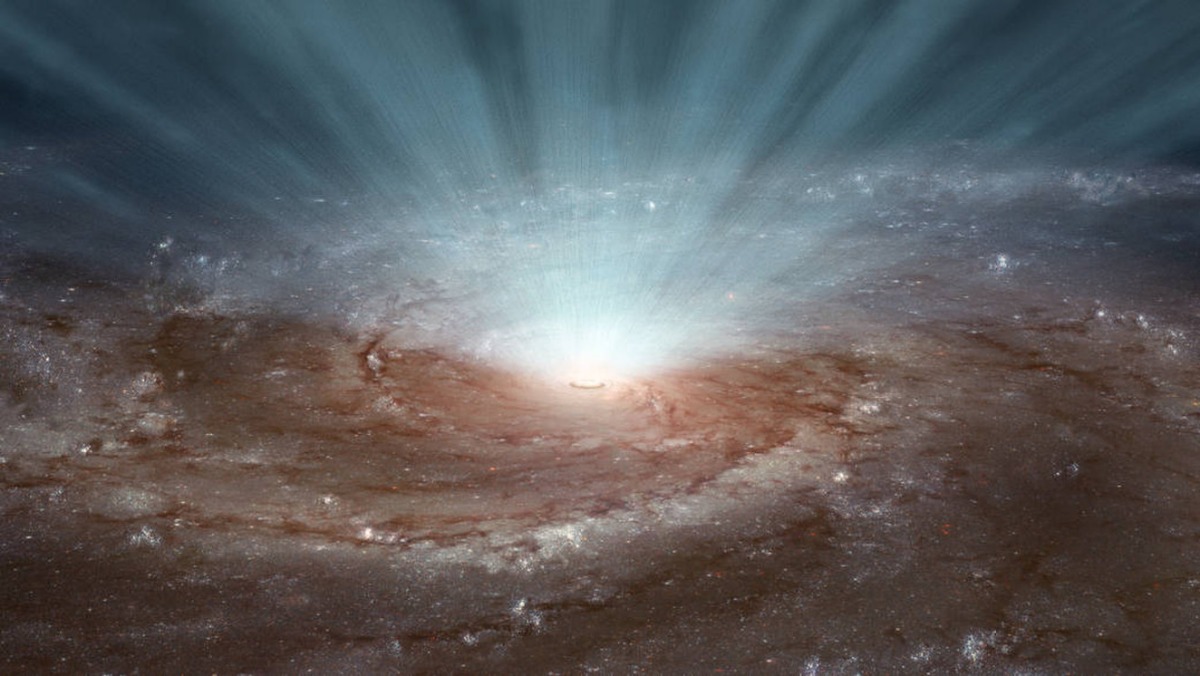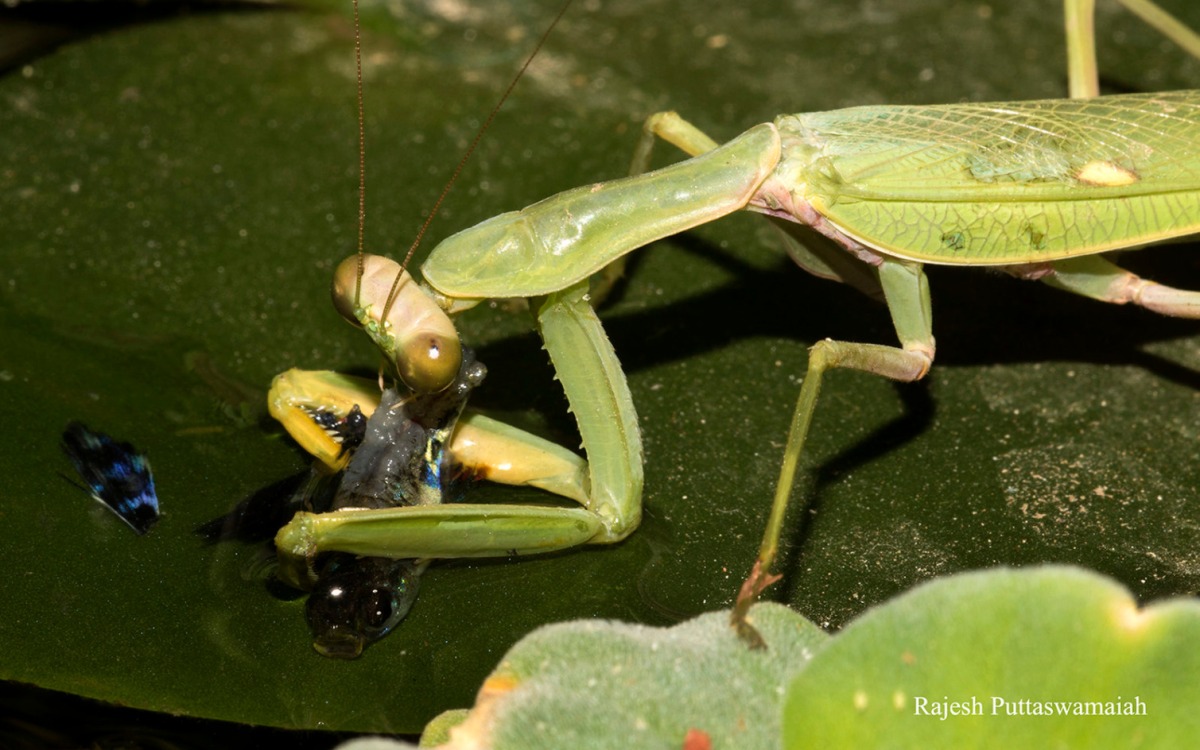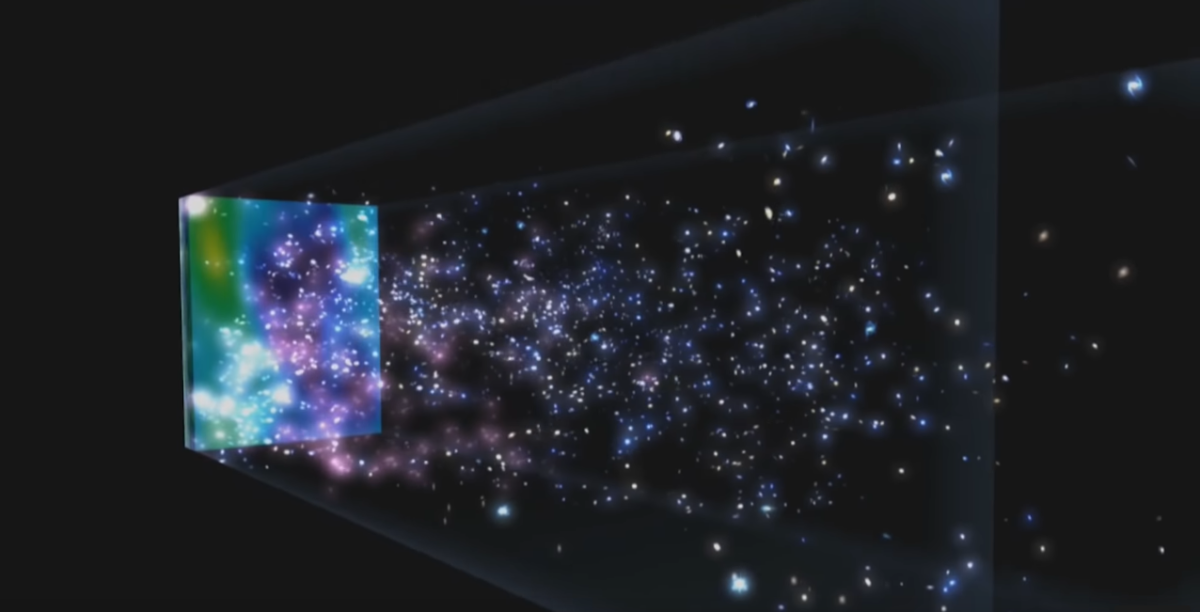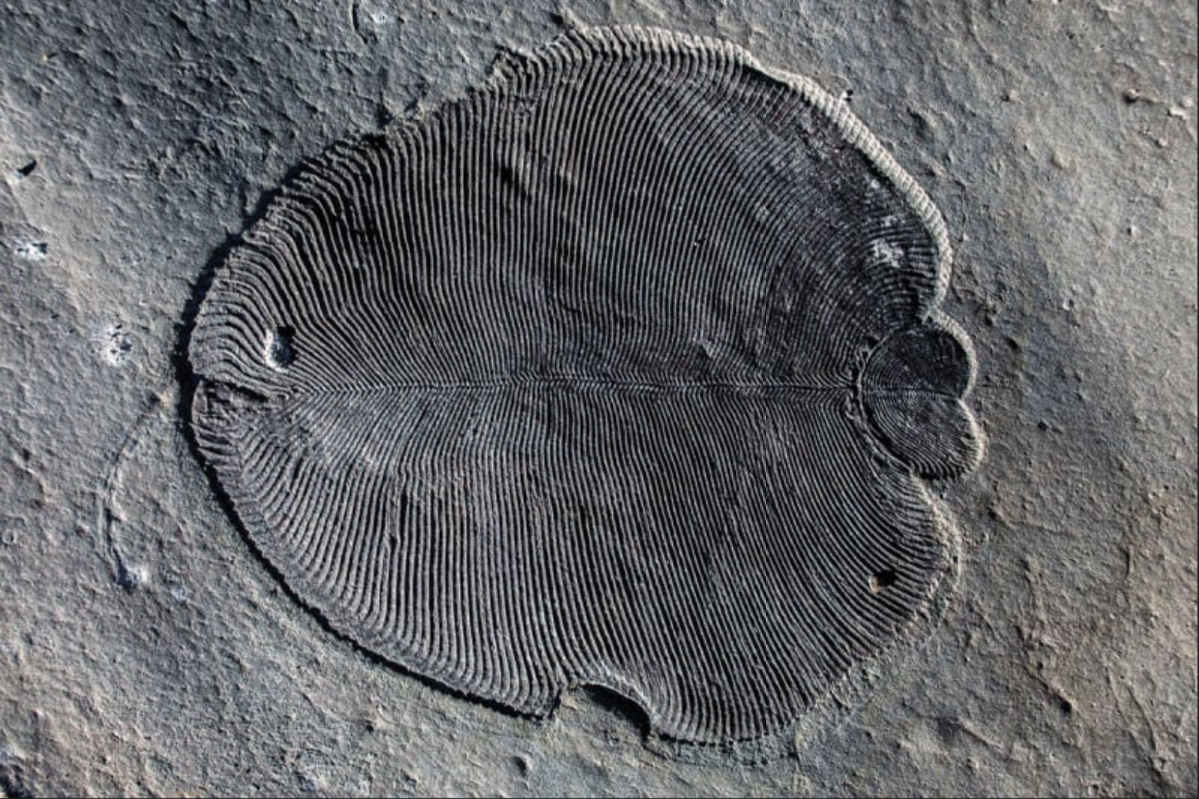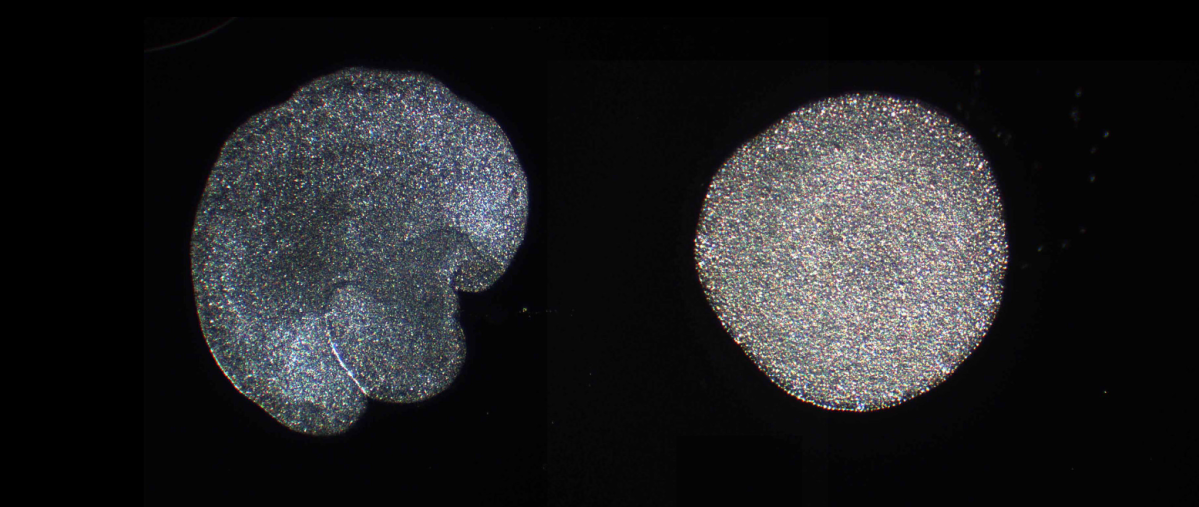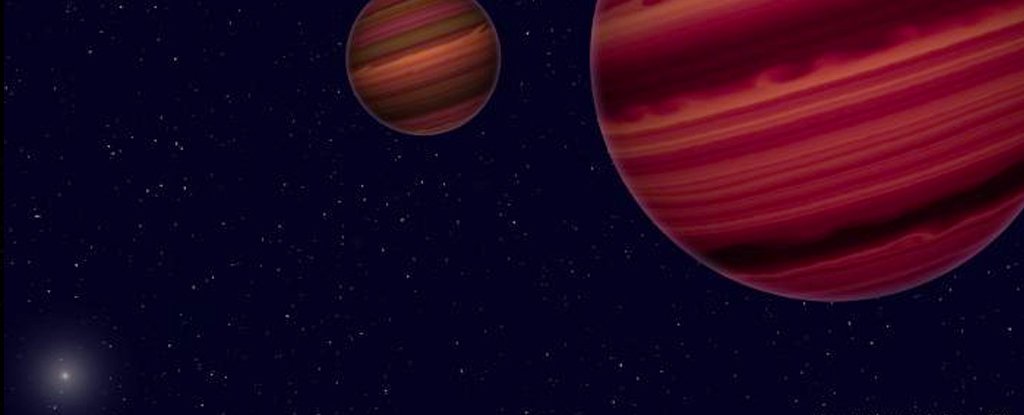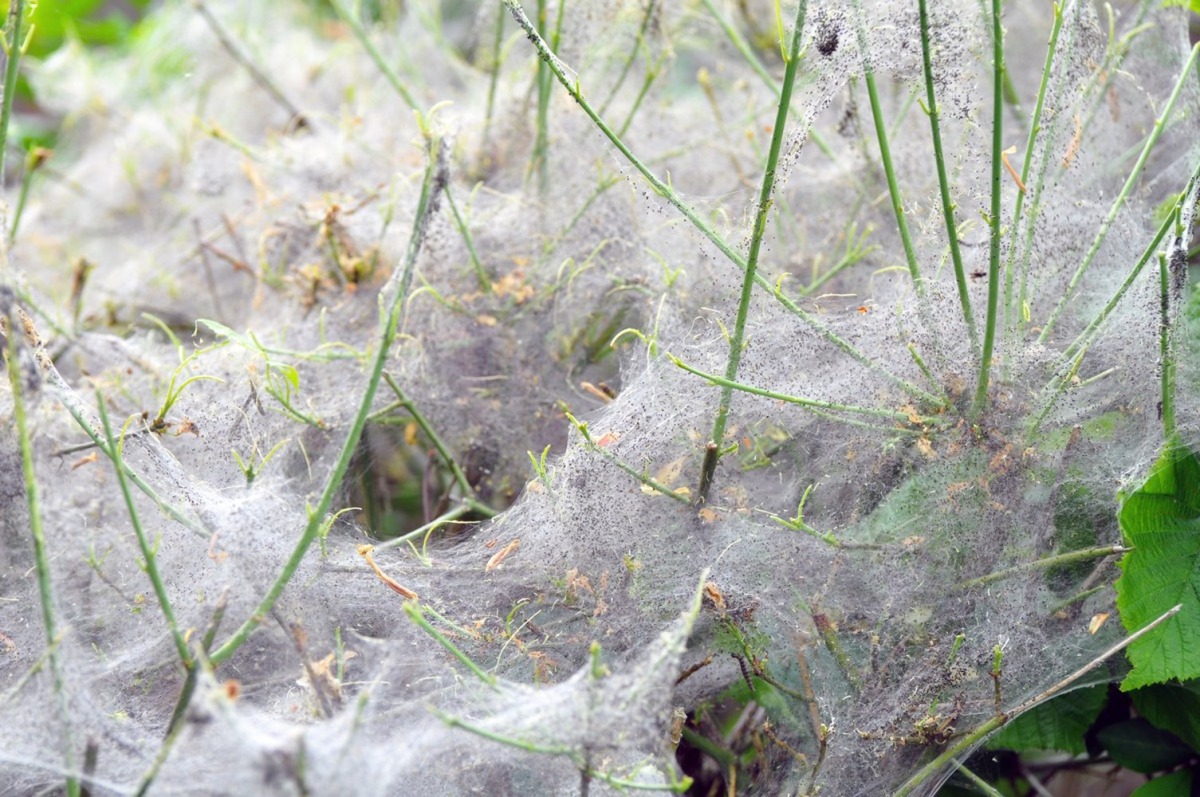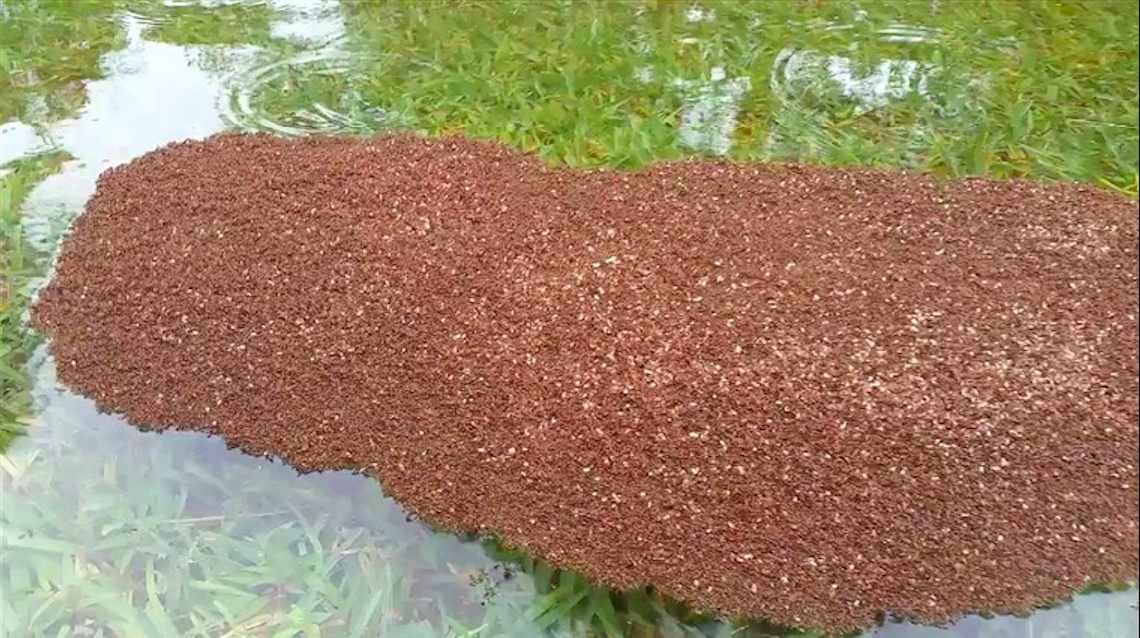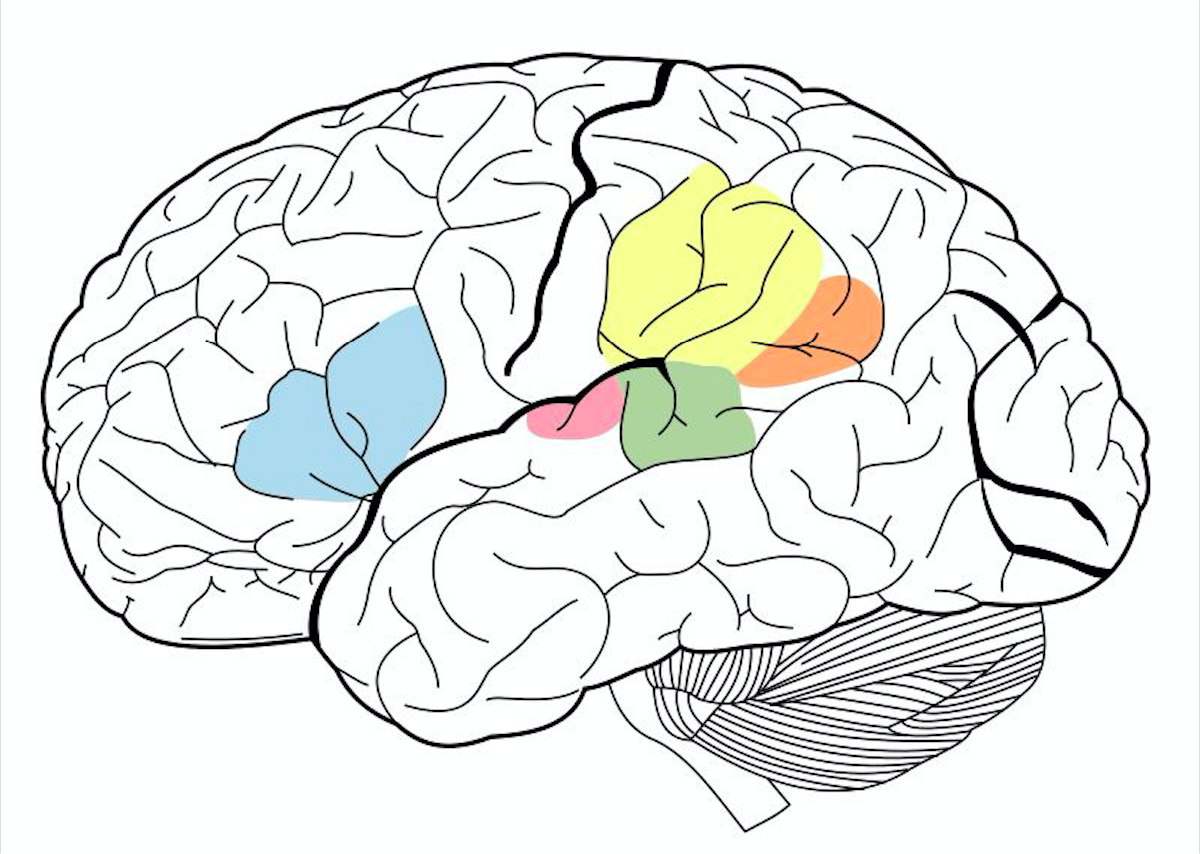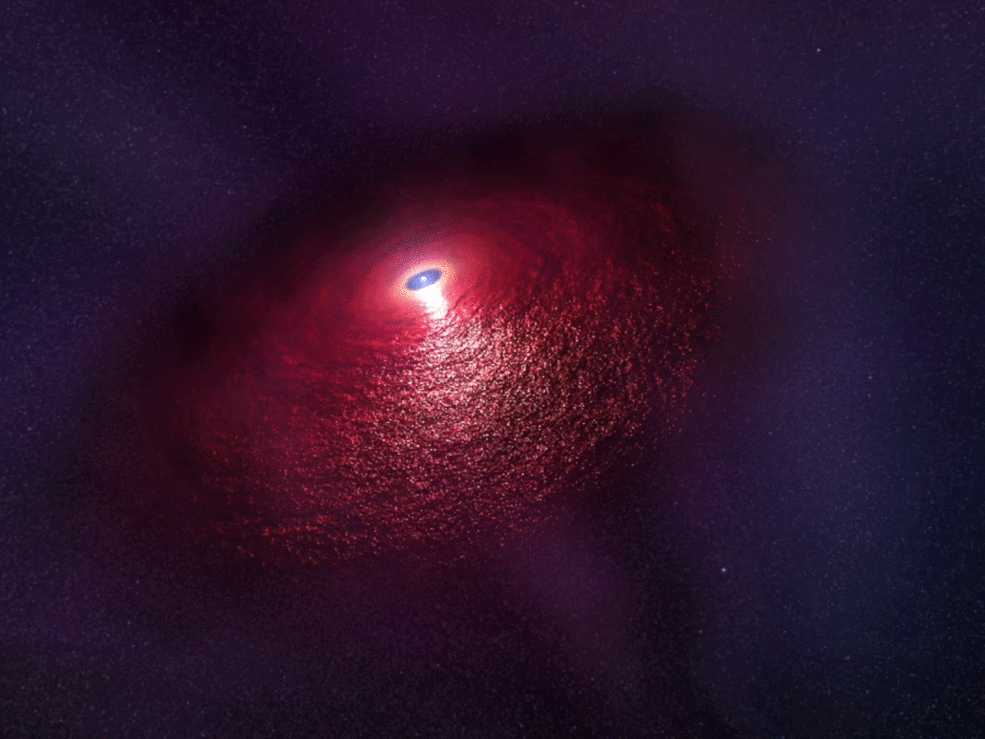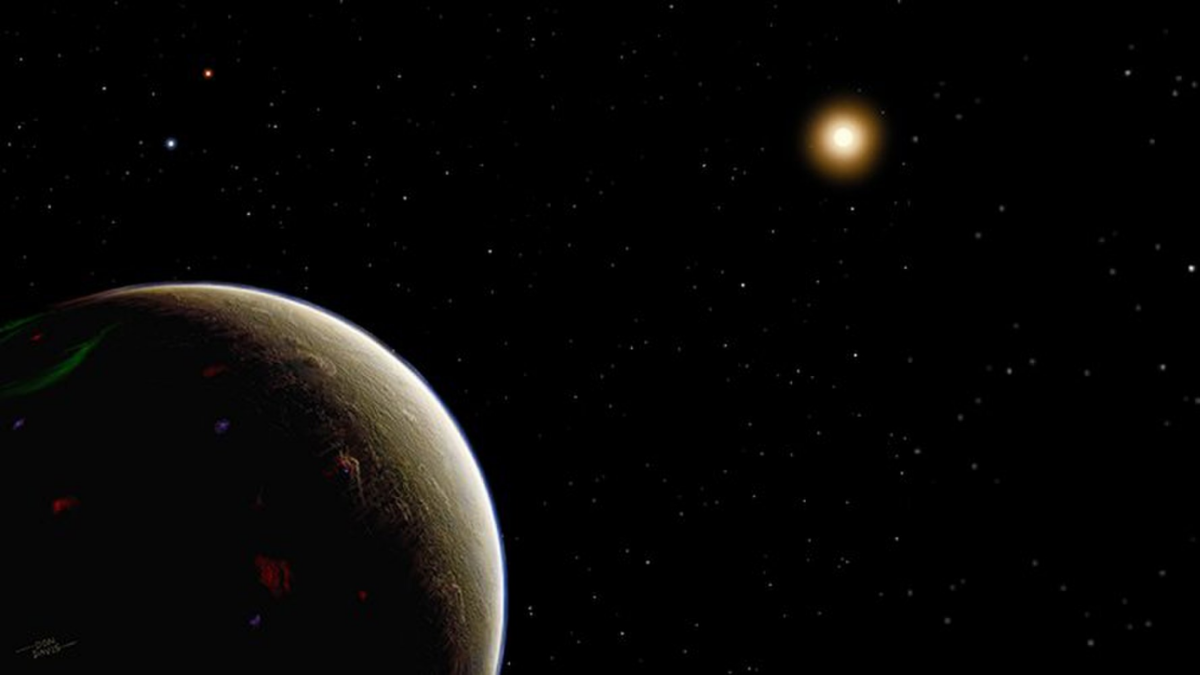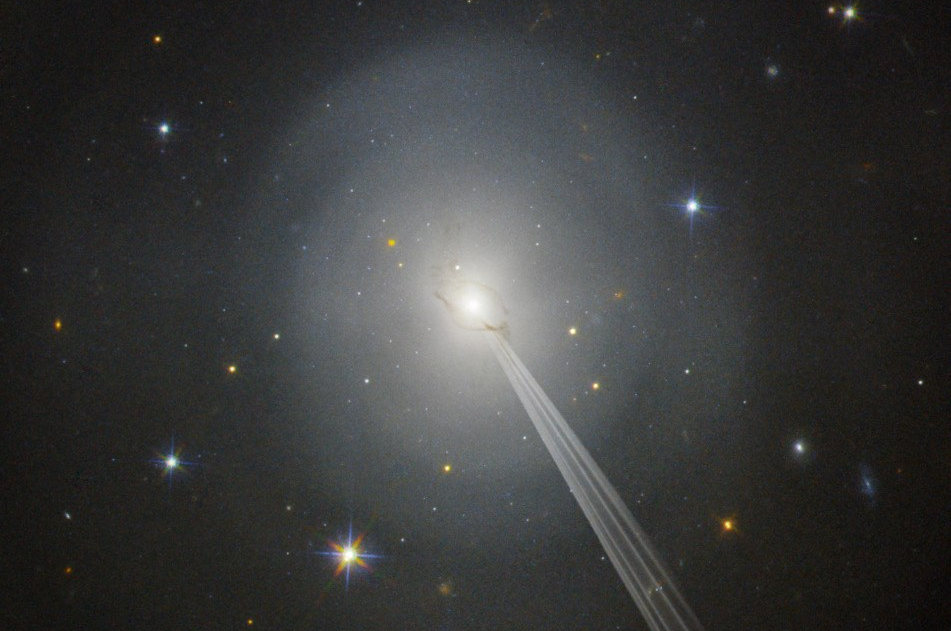Your daily selection of the latest science news!
According to Medical Xpress (This article and its images were originally posted on Medical Xpress September 26, 2018 at 04:54PM.)
An estimated 80,000 Americans died of flu and its complications last winter—the disease’s highest death toll in at least four decades.
The director of the Centers for Disease Control and Prevention, Dr. Robert Redfield, revealed the total in an interview Tuesday night with The Associated Press.
Flu experts knew it was a very bad season, but at least one found the size of the estimate surprising.
“That’s huge,” said Dr. William Schaffner, a Vanderbilt University vaccine expert. The tally was nearly twice as much as what health officials previously considered a bad year, he said.
In recent years, flu-related deaths have ranged from about 12,000 to 56,000, according to the CDC.
Last fall and winter, the U.S. went through one of the most severe flu seasons in recent memory. It was driven by a kind of flu that tends to put more people in the hospital and cause more deaths, particularly among young children and the elderly.
The season peaked in early February and it was mostly over by the end of March.
Full Atricle | Stay current with our live science feed.
- Got any news, tips or want to contact us directly? Feel free to email us: esistme@gmail.com.
To see more posts like these; please subscribe to our newsletter. By entering a valid email, you’ll receive top trending reports delivered to your inbox.
__
This article and its images were originally posted on [Medical Xpress] September 26, 2018 at 04:54PM. Credit to the original author and Medical Xpress | ESIST.T>G>S Recommended Articles Of The Day.

Donations are appreciated and go directly to supporting ESIST.Tech. Thank you in advance for helping us to continue to be a part of your online entertainment!
Thank you in advance for helping us to continue to be a part of your online entertainment!



